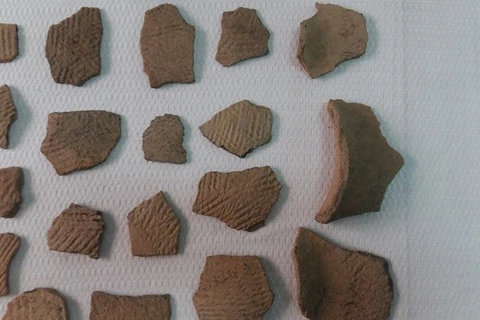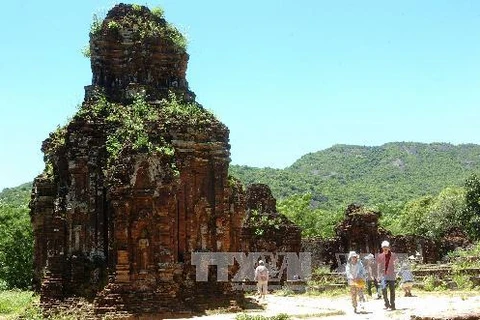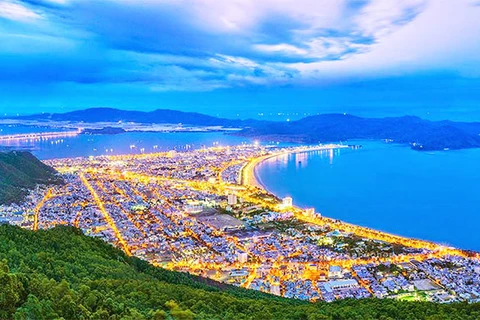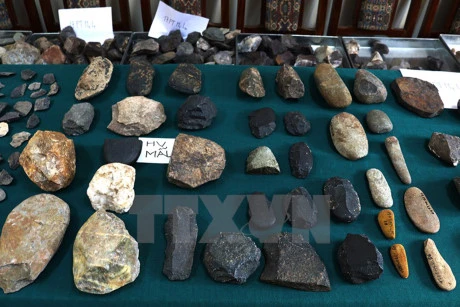Binh Dinh (VNA) – An international conference has held in Quy Nhon city, the central province of Binh Dinh, to look into ancient ceramics dating back to the Kingdom of Champa many centuries ago.
Scholars from Vietnam, France, the US, Japan, China, Thailand, Singapore, Cambodia, the Philippines and Brunei shared their research findings about ancient ceramics in Binh Dinh and the relationship between Vijaya capital of Champa Kingdom and Thang Long capital of Dai Viet, now Vietnam.
In the past, Binh Dinh was Vijaya capital of the ancient Kingdom of Champa. From the 11th to the 15th centuries, Vijaya was the most important political, economic and cultural centre of Champa.
From the 10th to the 13th centuries, the Vijaya Dynasty built big citadels such as Cha, Do Ban, and Thi Nai as well as towers like Canh Tien, Phu Loc, Duong Long, Binh Lam and Thu Thien here.
The area which is now Binh Dinh is also known as an ancient ceramic centre with six concentrated production workshops under the Vijaya Dynasty.
A number of excavations in Vietnam and other countries have showed that Binh Dinh ceramics were also shipped to many countries from Southeast Asia to the Near and Middle East.
However, most of foreign experts as well as collectors still believe that those ceramic products came from China.
Meanwhile, the creators of Binh Dinh’s ancient ceramics remain a controversial problem. There are three suppositions that they could be Chinese, Cham or Vietnamese people.
In October 2017, the Research Centre for Imperial City under the Vietnam Academy of Social Sciences and the Binh Dinh Museum excavated the archaeological site of Go Cay Me in An Nhon township of Binh Dinh. They found many kilns and ceramics in various styles, including the Cham, Vietnamese and Chinese styles.-VNA
VNA

























